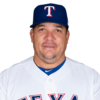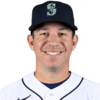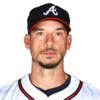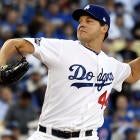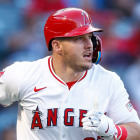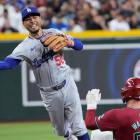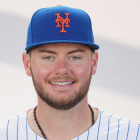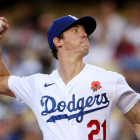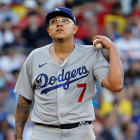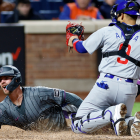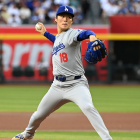Free agency officially opens at 12:01 a.m. ET Tuesday. This week we here at CBSSports.com are going to break down the top free agents at each position. And rank them too. What fun would this be without rankings?
This offseason features one of the weakest free-agent classes in recent memory, especially on the pitching side. If you need rotation help this winter, you're in trouble. Free agency doesn't have a ton to offer. I expect there to be a lot of pitching trades this offseason. That's fine with me. Trades are a lot of fun.
Here are our rankings of the top 20 free-agent starting pitchers. Keep in mind we're ranking these players based on future value, not what they did this past season or in their careers. We're looking at what they're expected to do going forward, because that's the player teams are signing.

Less than 18 months ago, Rich Hill was pitching in an independent league, trying to find his way back to affiliated baseball. The last-place Red Sox scooped him up, tweaked some things and suddenly he started pitching like an ace. Hill turned four excellent September starts into a one-year, $6 million contract with the Athletics last offseason. He was then traded to the Dodgers at midseason.
Hill, who will turn 37 during spring training, is the best bet among free-agent starters to provide ace-caliber production next season. He also has an extremely limited track record and isn't a lock to throw even 150 innings in 2017. Hill hasn't topped 120 innings since 2007, mostly because extreme control issues limited him to bullpen work from 2010-14.
And yet, despite his lack of track record and injury issues (Hill had groin and blister problems in 2016), Hill will cause a bidding war and be paid handsomely this offseason. Teams need pitching and he's the best available. Considering he has spent most of his career as a journeyman trying to hang on, Hill could very well take the largest contract this offseason, regardless of whether the team figures to contend.
Jeremy Hellickson picked a good time to have a bounce-back season. He had been replacement level from 2013-15 before righting the ship with the Phillies this summer and turning in a better than league average performance. Hellickson is still only 29, plus he has made at least 27 starts in five of the past six seasons, so if nothing else, he appears to be a solid mid-rotation workhorse. In this free-agent class, he might be paid like something much greater.
It was surprising to see the Cubs decline their $12 million club option for Jason Hammel over the weekend. They had to pay him a $2 million buyout, so it was essentially a $10 million decision. These days $10 million doesn't buy you a whole lot and Hammel sure seemed worth it. The Cubs also could have even exercised the option and traded him, but decided not too.
Hammel, 34, has been rock solid each of the past three years and four of the past five. He did hit a wall late in the season both this season and in 2015, so there are some durability and stamina concerns. Generally speaking, Hammel is very effective when he's at his best. The Cubs did him a big favor by declining the option. Hammel should clear $10 million this winter easily.
So, did the Pirates truly fix Ivan Nova? That's the question 30 teams will be asking themselves this offseason. Nova, 30 in January, had a 4.90 ERA (5.10 FIP) in 97 1/3 innings with the Yankees this season before pitching to a 3.06 ERA (2.62 FIP) in 64 2/3 innings with the Pirates after the trade deadline. Pittsburgh and pitching coach Ray Searage have a history of "fixing" talented pitchers. Just look at J.A. Happ.
Nova has always had a quality sinker/curveball combination -- he has also thrown a slider at times -- but command has long been an issue. His location is not good and hitters get a good look at the ball out of hand because he lacks deception in his delivery. Searage tweaked Nova's mechanics a bit, and in this free-agent class, one team will eventually step forward and pay the right-hander as if the Pirates version of Nova is the real Nova. And it very well might be.
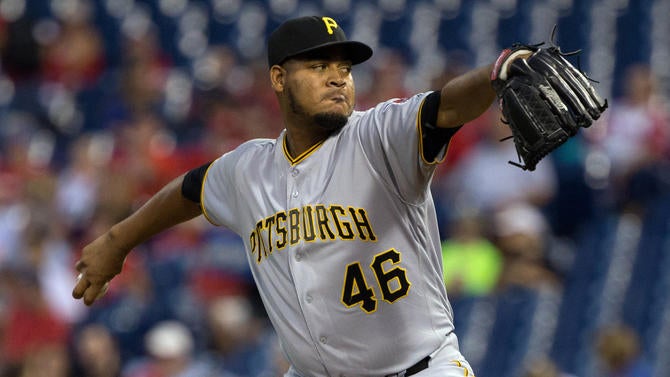
The ageless wonder. Bartolo Colon was an All-Star this summer at age 43, six years after he was essentially out of baseball due to arm injuries. Colon remains a league average-ish starter despite throwing basically nothing but upper-80s fastballs. He mixes straight four-seamers with sinking two-seamers and commands both to both sides of the plate, which keeps hitters guessing. It's fair to wonder how much Big Bart has left in the tank at 43 (44 in May), but in this free-agent class, he's definitely worth another one-year deal. My money is on Colon returning to the Mets.
The long-awaited Andrew Cashner breakout has yet to arrive. He's now 30 years old and coming off a season in which he was limited to 132 innings by back and neck problems. Still, Cashner throws hard and flashes a knockout slider, and every team thinks it can be the one to unlock his potential. In this free-agent class, some team is going to bet a good amount of money to see if it can figure Cashner out.
Edinson Volquez went through the same Pirates crash course as Nova and Happ, and while he pitched well during his first season with the Royals, things fell apart in 2016. Volquez is 33 and he still has nasty stuff. It's just a matter of locating it. One thing he does offer is durability; Volquez has thrown at least 170 innings in each of the past five years. He's probably the safest bet to make 30 starts next year among this offseason's free agents.
The wild card of the 2016-17 free-agent pitching class. Brett Anderson is still only 28 and as he showed last season, he can still be really good when healthy (3.69 ERA in 2015). The problem is he's rarely healthy. Anderson was limited to three starts and one relief appearance in 2016 by back surgery, and all told, he has thrown only only 398 innings since 2011. Keep Anderson healthy and you have yourself a nice sinkerball pitcher. Many teams will be willing to roll the dice on his health.
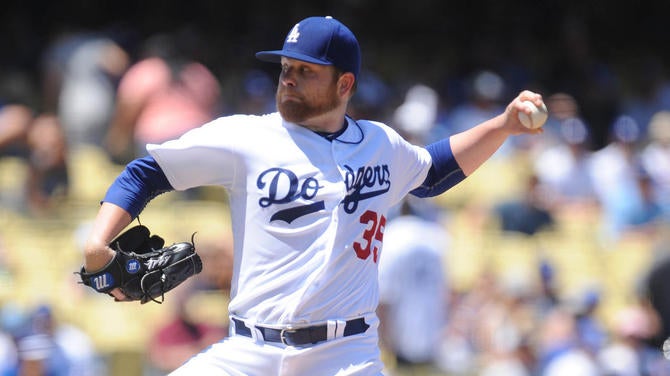
The trend is not pretty. Doug Fister, who will turn 33 in February, has gone from a 2.41 ERA in 2014 to a 4.19 ERA in 2015 to a 4.64 ERA in 2016. He's not a hard thrower, never was, so it's imperative his location is precise. When it isn't, he gets hit hard, which is happening more and more often these days. You could do worst for a No. 4 or 5 starter. There's a chance Fister will be paid more handsomely, however.
The Rangers have reportedly been trying to trade Derek Holland, and if they're unsuccessful, they will decline his $11 million club option and make him a free agent. Holland has been hurt and ineffective these past three seasons, which drags down his value. He just turned 30 plus he has experience as a starter and reliever, so teams figure to show interest. They'll hope he can be average-ish with good health going forward.
It has been a long time since the now 42-year-old R.A. Dickey pitched like a Cy Young candidate. He has spent the past few years pitching like a league average innings eater (or thereabouts), and in this free-agent class, that's enough to make him one of the better starters on the market. Squint your eyes and you can see some upside here; Dickey could get locked in with his knuckler and dominate. There's also quite a bit of downside. When knuckleballers lose it, they tend to lose it fast.
Is Jonathon Niese healthy? His season ended in August due to knee surgery, which stinks, but at least it's not his arm. Niese just turned 30 and he's only one year removed from a half-decade run as a reliable mid-rotation starter for a big-market team. Betting on the left-hander having healthy knees and a fresh start might not be the worst idea if you're looking to beef up the back of your rotation this winter.
There were times this season when you wondered how Jake Peavy would ever get anyone out. There were also times when he looked razor sharp and still capable of dominating. That's Peavy these days. He has his good days and his bad days, and at age 35, the bad days are starting to outnumber the good. He took a demotion to the bullpen like a champ this year. That will endear him to some clubs.
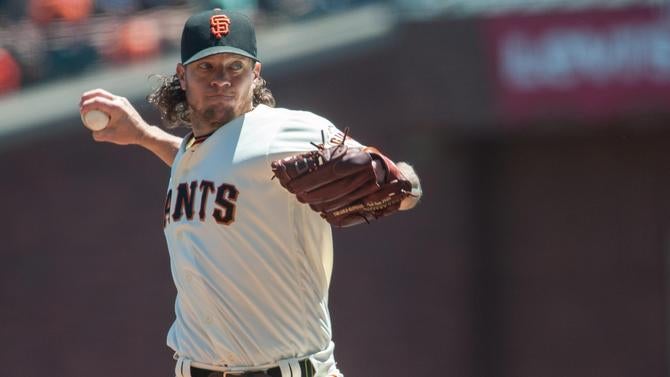
When he was healthy this season, Colby Lewis was awfully good. The problem is a lat issue limited him to 19 starts and 116 1/3 innings. Lewis has a very long injury history, one that dates all the way back to his first stint with Texas in the early-2000s, but any decent veteran is going to get a long look in free agency this year. I have no reason to think Lewis will sign with a team other than the Rangers, however.
The Rockies should build a statue of Jorge De La Rosa outside Coors Field. The guy spent nine years in Colorado and during that time he had a 4.31 ERA in over 570 innings at Coors Field. That's approximately 10 percent above average when adjusting for the hitter-friendly environment. No pitcher has had more sustained success at Coors Field in franchise history.
Anyway, De La Rosa will turn 36 soon after Opening Day and his stuff is clearly fading with age. The Rockies missed their chance to cash him in as a trade chip a few years back. De La Rosa can still miss bats, plus the guy is fearless on the mound, and that's always something teams appreciate.
How bad is this free-agent class? So bad that a guy who hasn't thrown a pitch since July 2015 is among the top 20 starters. C.J. Wilson hasn't pitched in a year and a half due to elbow and shoulder surgery, but he is expected to be ready for the start of spring training. As a six-pitch lefty with some savvy, teams happy with Wilson's medicals will try to lure him to spring training with the promise of a chance to compete for a rotation spot.
Did you realize Mat Latos is still only 28? It's true. He hasn't been very good (or healthy) for two seasons now, but when you're this deep into free-agent starting pitcher rankings, would you rather have the 28-year-old with a smidge of upside, or the 30-something retread? Thought so.
Is Clayton Richard this year's Rich Hill? Richard had been working as a reliever with the Cubs, and after they released him at midseason, he hooked on with the Padres and had a 2.41 ERA in nine starts and 52 1/3 innings to end the year. Of course, Richard's strikeout and walk totals were unimpressive (31/22 K/BB), and I'm not sure a 0.7 HR/9 is sustainable these days, so there are reasons to be skeptical.
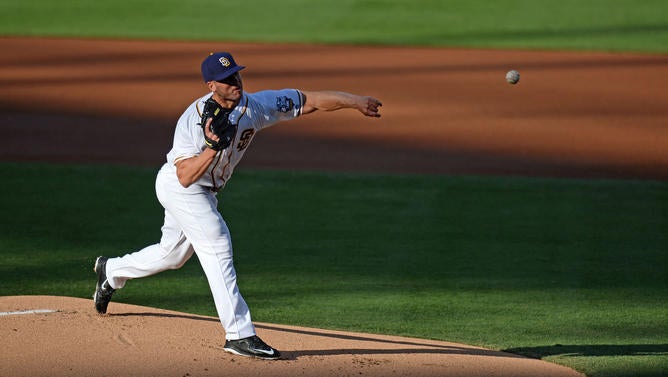
As a finesse left-hander with something less than exquisite command, Tommy Milone needs a large margin of error. A big ballpark in the NL with a good defense behind him is his best bet for success as a starting pitcher. The fact Milone is still only 29 and is a year removed from a 3.92 ERA in 23 starts (and one relief appearance) means he shouldn't have much trouble finding a job this winter. Lefties always seem to get another chance.
Another reclamation project. Charlie Morton's 2016 season ended after only four starts due to a serious hamstring injury, but before getting hurt, he showed some nice life on his sinker. Enough that teams will look at him as a depth arm.
Honorable Mention: Jhoulys Chacin, Tim Lincecum, Bud Norris, Ryan Vogelsong, Jered Weaver
This free-agent pitching class is so thin -- it really drops off after the top five or so, doesn't it? -- that not only do I expect a lot of trades this offseason, I also think some teams are going to look at free-agent relief pitchers as potential rotation candidates. Travis Wood, Trevor Cahill and Jesse Chavez all stand out as possible bullpen-to-rotation conversion candidates. They've all started in the not-to-distant past.















